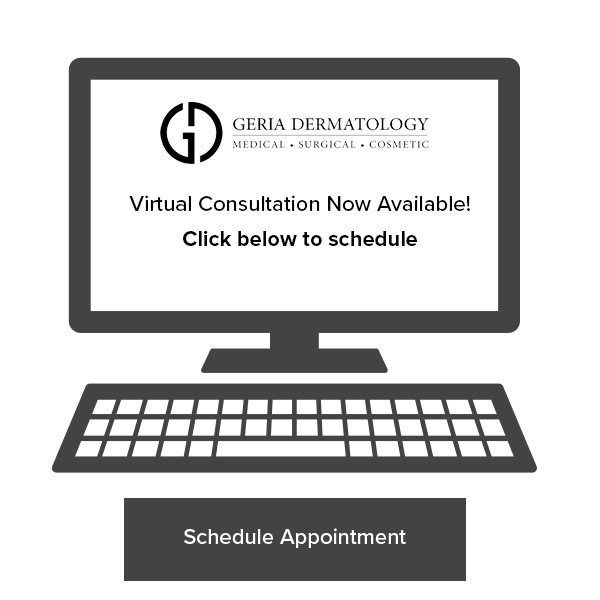Adult Hormonal Acne

Although we often associate acne as a common problem teenagers face, this is not always the case. Unfortunately, for some of us, these unwelcome zits continue to appear well into our 20s and 30s. Although acne can affect men and women equally, adult hormonal acne affects mostly women. Regardless of age or gender, acne can be a very serious problem and a definite confidence killer.
What is hormonal acne?
Hormones are the leading cause of adult female acne in women of childbearing age. As the body’s hormone levels fluctuate, noticeable breakouts distribute throughout the lower half of the face. The most common areas affected are the chin and jawline. These breakouts generally consist of pimples and large painful cysts. This is what distinguishes adult hormonal acne from teenage acne—which is generally more on the forehead and cheeks and consists of papules, blackheads, and whiteheads.
What causes hormonal acne?
Female hormonal acne is typically prevalent around a female’s menstrual cycle. This is because the hormone levels are changing. As the menstrual cycle approaches and begins, estrogen levels tend to decrease, making androgens, like testosterone, more prominent in function. Excessive androgen response can cause overproduction of oils which clog the pores and allow bacteria to thrive, resulting in acne. Thankfully, as we age, adult female acne becomes less of an issue.
Of course, another contributing factor is stress. Being under stress releases a hormone known as cortisol. Excessive release of cortisol in the body can cause excessive oil production as well.
What are some treatments commonly used for hormonal acne?
Although adult female acne can be frustrating, there are some great treatments out there. Birth control pills work well as they contain estrogen, which counteracts the androgens, thus helping to decrease oil production.
Spironolactone is an androgen-blocking medication that can help with adult female acne. This medication is commonly known to be a diuretic that helps to decrease blood pressure, however, when prescribed in lower doses, it works well to significantly reduce hormonal acne. Spironolactone decreases the body’s ability to excrete sebum, keeping unwanted blemishes away. In fact, it has other added benefits, such as improving hirsutism and female hormonal alopecia.
For mild to moderate cases of acne, dermatologists may consider prescribing retinoids. Retinoids are a derivative of vitamin A and can come in several different forms. This medication keeps the pores clean by shedding skin cells that cause clogging.
Treatments such as HydraFacials and chemical peels can be included in the treatment regimen for even better results. These popular treatments help exfoliate dead skin cells and extract clogged pores allowing for pores to be open, clean, and bacteria-free.
What changes should I make to my diet to help with my hormonal acne?
Foods that are high on the glycemic index or refined carbohydrates can exacerbate acne. This includes packaged foods, added sugars, as well as foods that are starch heavy like rice and bread. Also, dairy products that contain added hormones are known to be associated with acne.


